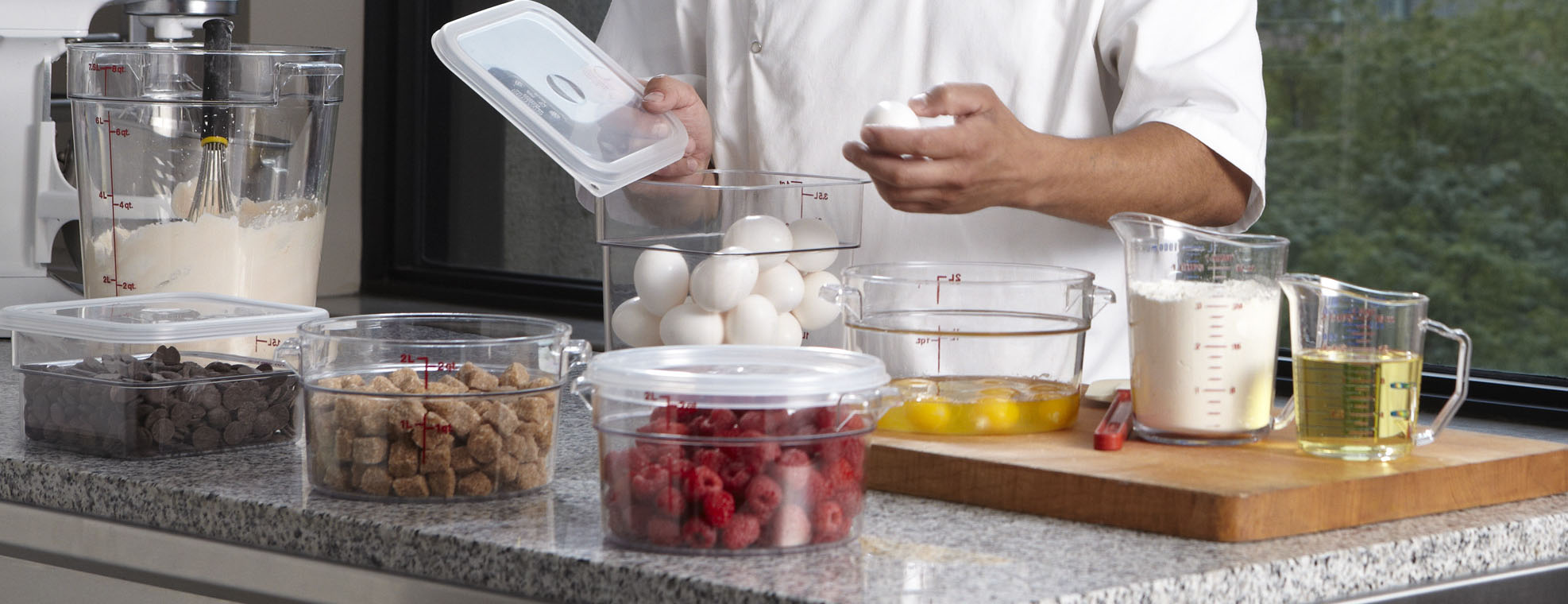In the realm of food storage, compartment containers reign supreme for their unmatched convenience, organization, and versatility. Whether you are meal prepping for the week, packing lunches for work or school, or simply seeking a more orderly fridge, mastering the art of utilizing compartment containers can revolutionize your approach to storing food. Here’s the ultimate guide to making the most of these ingenious containers.
- Choose the Right Container: Begin by selecting compartment containers that suit your needs. Consider factors such as size, the number of compartments, material plastic, glass, or stainless steel, and whether they are microwave and dishwasher-safe. Opt for containers with secure, leak-proof lids to prevent spills and maintain freshness.
- Plan Your Meals: Before diving into food storage, plan your meals for the week. This allows you to determine the number and size of containers you will need, and the types of compartments required to accommodate various food items.
- Utilize Compartments Effectively: Make strategic use of the compartments within your containers. This organization prevents foods from mingling and helps retain their individual flavors and textures.
- Portion Control: Compartment containers are ideal for practicing portion control. Use designated sections to measure out appropriate servings of each food group, YES Group UK promoting balanced and healthy eating habits.

- Label Containers: To enhance organization and prevent confusion, label your compartment containers. Include the date of preparation and the contents of each section. This step is especially helpful when preparing multiple meals in advance.
- Freeze with Care: While many compartment containers are freezer-safe, be mindful of the materials and temperature limits. Avoid filling containers to the brim, as liquids expand when frozen. Leave room for expansion to prevent containers from cracking.
- Microwave Safely: When reheating food in compartment containers, ensure they are microwave-safe and remove any metal components. Loosen or remove the lid slightly to allow steam to escape, preventing pressure buildup.
- Maintain Freshness: Properly sealing compartment containers helps preserve the freshness of stored foods. Ensure lids are securely closed to prevent air exposure, which can lead to spoilage and loss of flavor.
- Clean and Store Properly: After each use, clean compartment containers thoroughly with warm, soapy water or in the dishwasher if they are dishwasher-safe. Store containers with lids securely fastened to prevent odors from permeating the fridge or freezer.
- Reuse and Reduce Waste: Embrace the eco-friendly aspect of compartment containers by reusing them whenever possible. Minimize single-use plastics and reduce food waste by storing leftovers or meal preps in these durable containers.